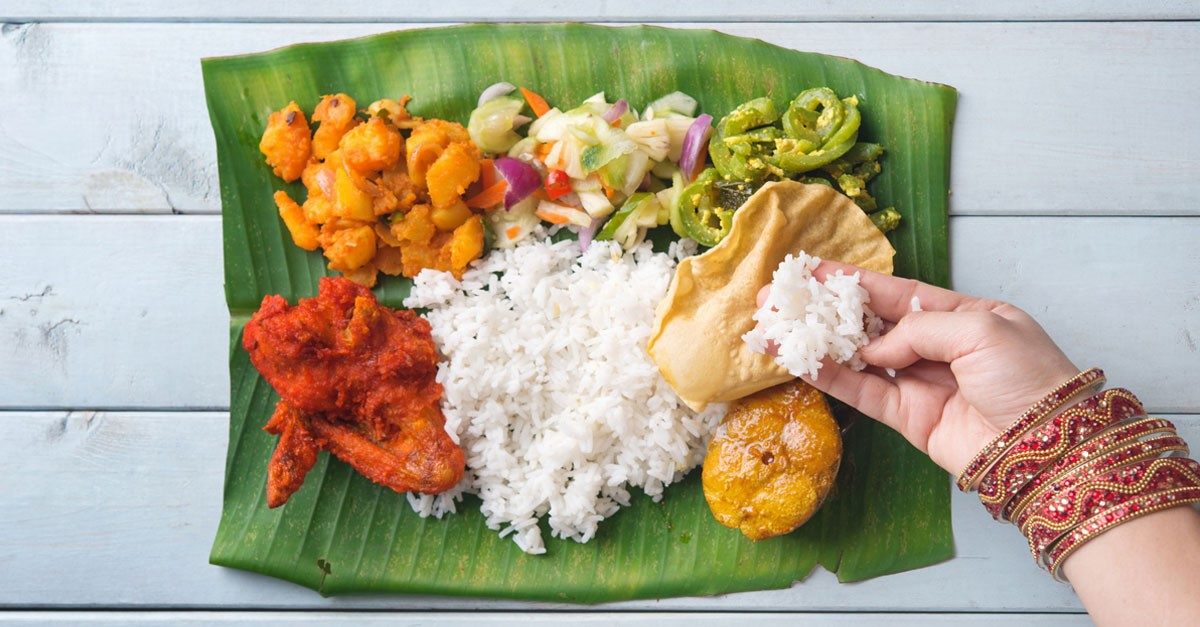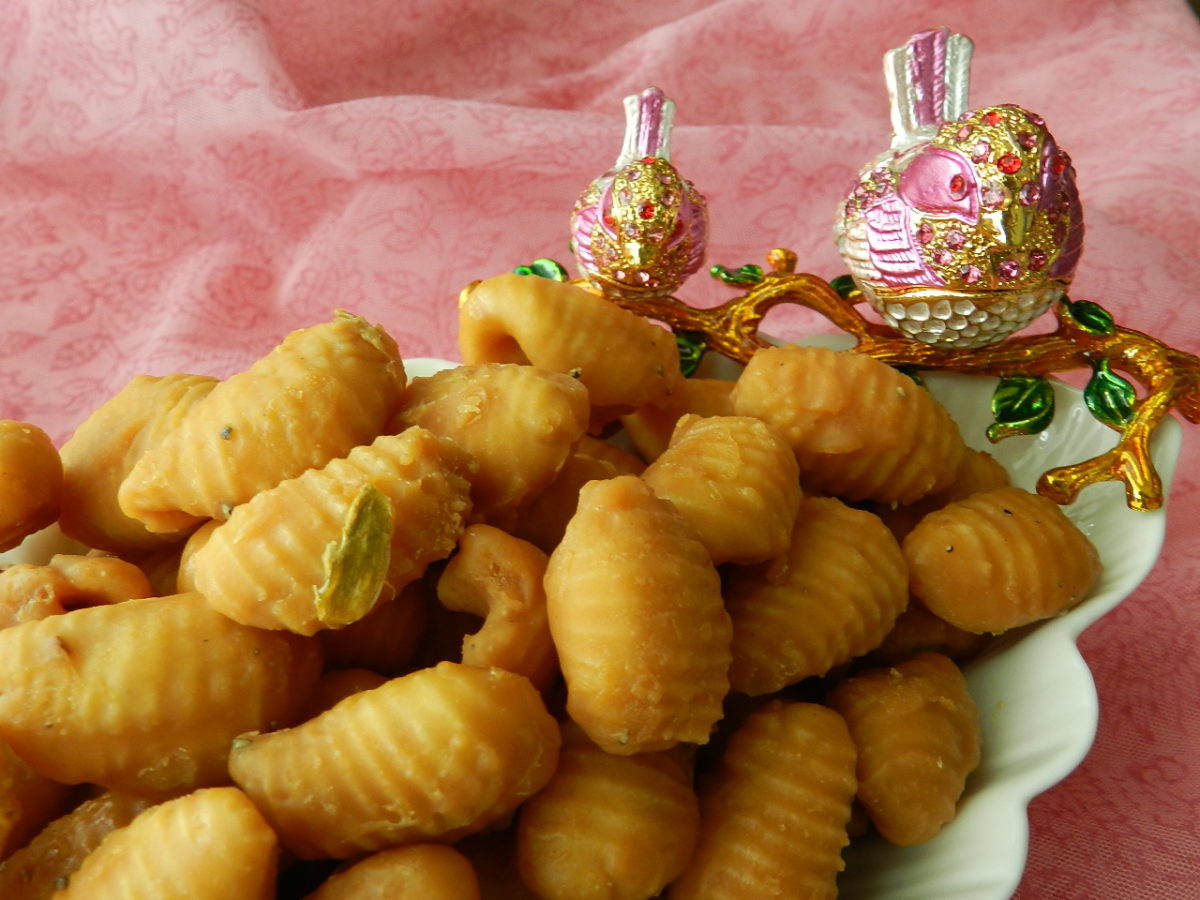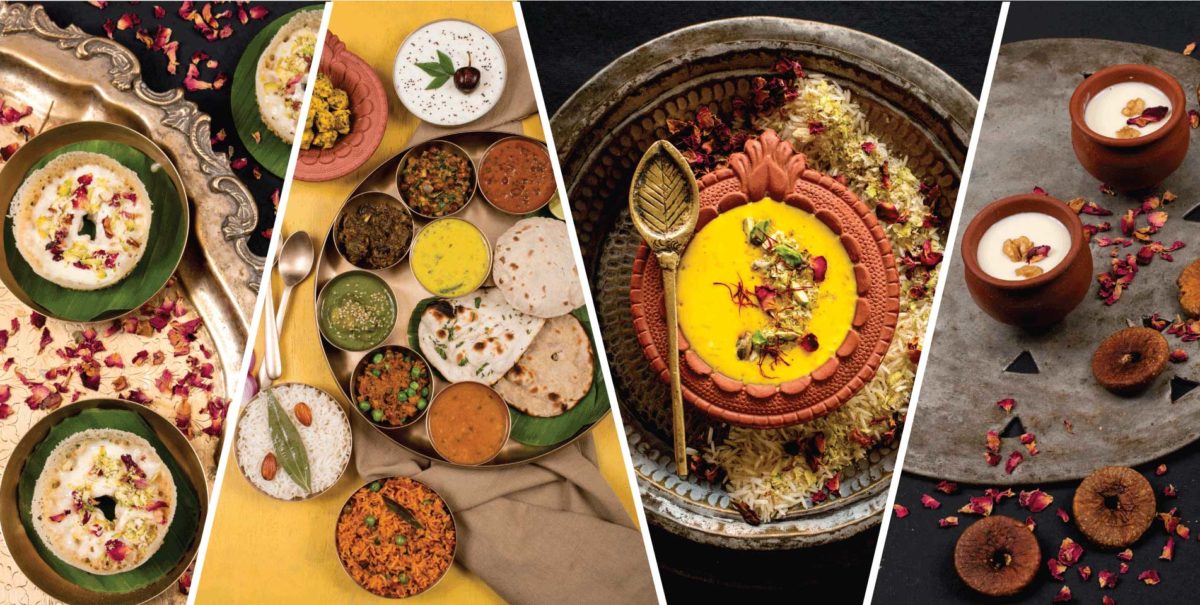Food has always been an integral part of celebrations around India and we are one of the few countries that can boast of people from various backgrounds coming together. There are mouthwatering dishes that are served during functions and ceremonies like weddings. If watched closely, there are certain reasons for which food takes a stand-in ceremonies. Some of the reasons are from Vedic Shastras which may not necessarily be a part of the traditions but are highly scientific and beneficial.
The staple diet of a region comes from the produce that is readily available to them. For example, coconut oil for cooking is a popular choice in Kerala because it is easily available in the area and is loved by everyone.
Indian weddings see some of the most delightful food ever and it is a celebration like no other that inspires such grandeur. Food is also a way of blessing the newly married couple. The elders of the family feed the couple sweets while wishing them the best.

But it’s not just weddings that inspire tasty delights. The baby shower ceremony in India is done when the expecting mother is in her final trimester, the seventh month, to be exact. This is also called the rice ceremony and holds a great scientific significance as this tradition denotes the time when the baby’s stomach is developed enough to digest food. This is great for time to provide the developing baby with all the necessary nutrition.

Every family has its own special definition of a feast. Whether it’s a Sunday special rajma chawal or something more festive like Chole Bhature on birthdays! We don’t need a reason to celebrate but when we do, our food is a testimony to our love for those around us.

And we all know that India is a colourful country with lots of festivals. But, did you know, every festival has specific dishes associated with it. The Lohri in Punjab is celebrated with warm foods like roasted peanuts and jaggery sweets because it is a winter festival and the food provides heat to the body.
Similarly, during Holi, thandai is popular as it cools the body.
Food brings the country together has made Indian ceremonies and events all the more special. Tell us how food has played an important role in your celebrations.
















